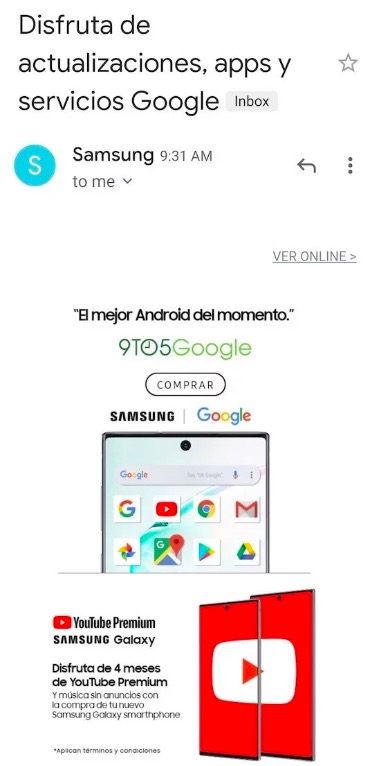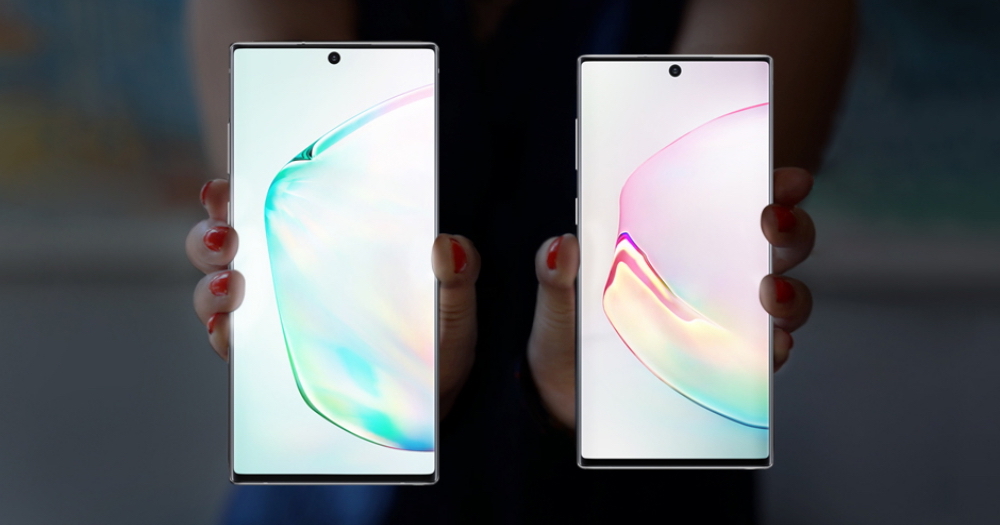Huawei has been a relative threat to Samsung over the past few years. The flagships of the Chinese giant's smartphones have usually held up quite well in the market, which was understandably a cause for some concern for Samsung. The turning point came at a time when the position of Huawei in the American market was threatened by the trade war between the United States and China. The company was blacklisted in the US and was prevented from doing business there.
The consequences of this measure include, for example, that Huawei can no longer secure a Google Mobile Services (GMS) license for its devices. The latest Mate 30 product line thus lacks access to popular Google applications and services for Android, such as Google Play Store, YouTube, Google Maps, Google Search and many others. Therefore, Huawei's latest smartphones are practically unusable in markets outside of China.

But for Samsung, it represents a certain advantage and also a great opportunity to improve its position in the market. The management of the company is very well aware of this advantage and knows how to use it properly. When Huawei unveiled its new Mate 30 series in Munich this week, Samsung sent out promotional emails in Spanish to customers in Latin America taking aim at the lack of Google services on the rival Mate 30.
In the subject of the email, there is an invitation to enjoy Google updates, applications and services, in the attachment of the email, recipients will find a picture of Samsung Galaxy Note 10 with icons of applications and services from Google. There is not a single word about Huawei and its devices here, but the timing and subject matter of the e-mail speak for themselves. Samsung usually doesn't outright brag about its relationship with Google when promoting its devices, but in this case it's an understandable exception.
